Product
Popular products
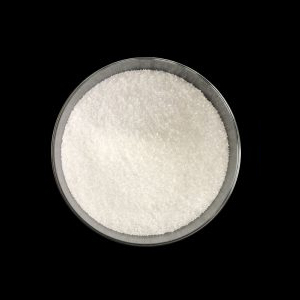
Polyacrylamide
Abbreviation: PAM
English name: Polyacrylamide
Model: Anion, Cation, Non ion
Molecular weight: 10-18 million
Appearance: White granular
Water solubility: soluble in water
Packaging specification: 25kg/bag
Packaging material: paper plastic composite bag, woven bag
Store in a cool and dry place
Ordinary transportation
Polyacrylamide properties:
1. Flocculation: PAM can cause suspended matter to undergo electrostatic neutralization, bridging adsorption, and flocculation.
2. Adhesive properties: PAM can exert adhesive effects through mechanical, physical, and chemical means.
3. Resistance reduction: PAM can effectively reduce the frictional resistance of fluids, and adding a small amount of PAM to water can reduce resistance by 50-80%.
4. Thickening: PAM has a thickening effect under both neutral and acidic conditions, and is prone to hydrolysis when the pH value is above 10. When it forms a semi mesh structure, thickening will be more pronounced.
Application of Polyacrylamide:
1. Used for sludge dewatering: Corresponding PAM models can be selected according to the properties of the sludge, which can effectively dewater the sludge before it enters the filter press. During dewatering, large flocs are generated, which do not stick to the filter cloth and do not disperse during filter press. The flow cake is thick, and the dewatering efficiency is high. The moisture content of the cake is below 80%.
2. Used for the treatment of domestic sewage, industrial wastewater, organic wastewater, such as textile printing and dyeing industry, papermaking industry, alcohol industry, electroplating industry, chemical plants, breweries, steel mills, cigarette factories, food factories, etc.
3. Used in the paper industry to improve the retention rate of fillers, pigments, etc. To reduce the loss of raw materials and environmental pollution; It is used to improve the strength of paper (including dry strength and wet strength). In addition, the use of PAM can also enhance the tear resistance and porosity of paper to improve visual and printing performance. It is also used in food and tea packaging paper.
4. Used in the petroleum industry: oil extraction, drilling mud, waste mud treatment, prevention of water breakthrough, reduction of friction, improvement of oil recovery rate, and tertiary oil recovery are widely used.
5. Used as a textile sizing agent: the slurry has stable performance, minimal shedding, low fabric breakage rate, and smooth fabric surface.
6. Other industries: synthetic resin coatings, civil grouting materials for water blocking, building materials industry, improving cement quality, construction adhesives, joint filling and repair and water blocking agents, soil improvement, electroplating industry, printing and dyeing industry, etc.



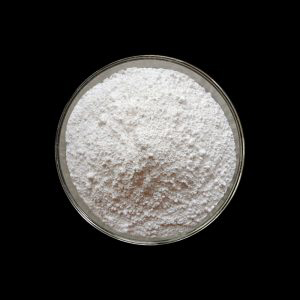
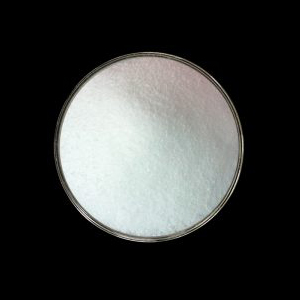

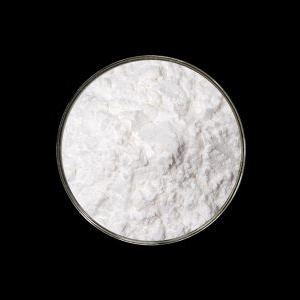
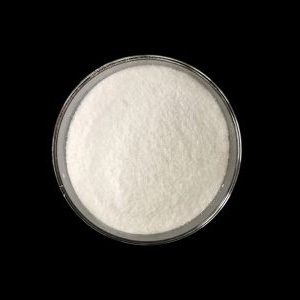
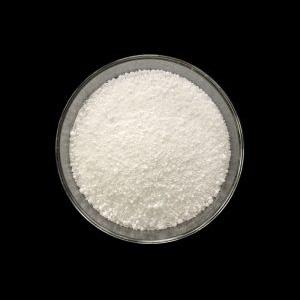


 Home
Home
 Product
Product
 News
News
 Contact
Contact